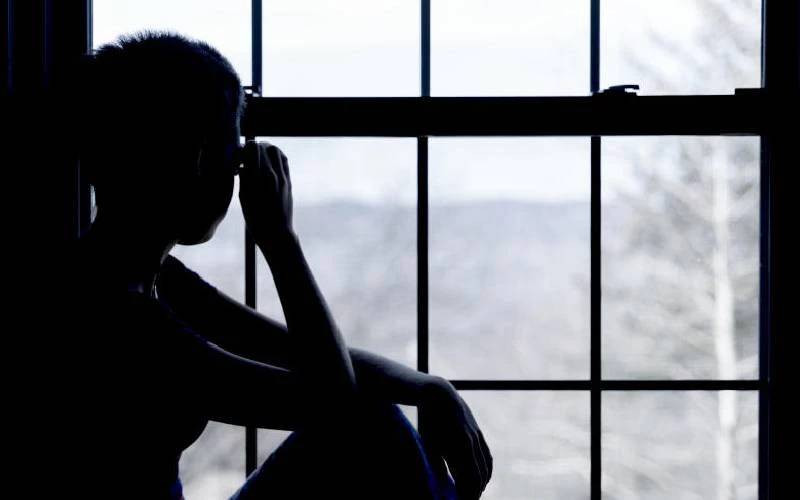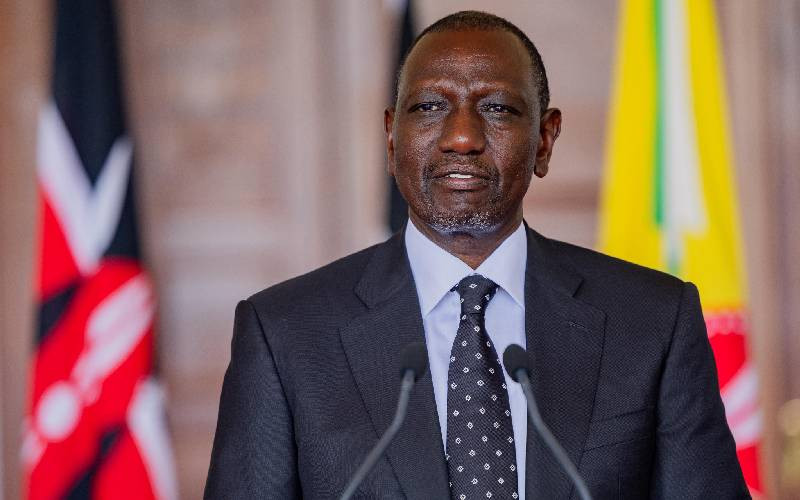
Every single day in Kenya, four people die by suicide. Most of the victims are young people aged between 15 and 29 years, according to Health ministry and World Health Organisation reports.
It is a sad state of affairs. However, recent news that Colorado in the United States has recorded its lowest youth suicide cases in 17 years gives hope that suicide can indeed be prevented. Colorado’s inspiring story has been attributed to multi-tier school support programmes, rollout of ubiquitous crisis lines, peer-led programmes, adequate mental health funding, and implementation of data-informed strategies.
Colorado’s first win came from normalising mental health conversations in learning institutions. Teachers, peer counsellors, and administrators were trained to handle mental health matters affecting young people like stress, anxiety, and suicidal thoughts without trivialising or dismissing them.
Programmes like the “Sources of Strength” formed the first line of defence. They focused on equipping young leaders with skills to support their peers, which worked very well, as many found it easier to confide in a peer first before getting professional help.
It extended to online spaces. This meant even the most introverted youth (the most vulnerable group) had a platform where they could feel safe discussing their struggles.
The glue that bound all these together was easily accessible mental health services. Through programmes like the “I Matter”, which gave children and teens up to six therapy sessions, and the “Second Wing Fund”, which paid for and matched youth with seasoned mental health professionals, the State removed one of the biggest barriers to mental healthcare: Cost.
For years, efforts to mitigate suicide in Kenya have been crippled by outdated policies. Chief among these was the criminalisation of suicide, a regressive law that has long branded suicide survivors as offenders rather than victims. Fortunately, it was declared unconstitutional early this year. Its impact, however, still lingers.
The effects of criminalisation and stigmatisation of suicide survivors have far-reaching effects on a national scale. For fear of shame and legal consequences, families do not report attempted suicide cases, denying the country reliable data.
While Colorado has succeeded in tracking suicide rates over decades, identifying trends, evaluating mitigation strategies, and revising redundant policy frameworks, Kenya still relies on “fragmented reporting systems” through police stations, hospitals, and sporadic surveys. Without reliable data, we cannot effectively measure the impact of any mitigation strategy.
Kenya also needs to address the funding gaps in its mental health systems. An alarming 75 per cent of Kenyans lack access to mental health services, yet only 0.01 per cent of the National Health Budget goes to mental health, far below the World Health Organisation’s global recommendations. These gaps have hindered the building of functional systems where our young people can get a safe space to express themselves and get professional support.
While we may not have a funding programme yet, nothing stops us from incorporating similar programmes under the Social Health Authority for preventative measures.
In Colorado, patients covered under Medicaid were subjected to routine mental health screening in every hospital visit. We can implement the same strategy for our high-risk group (15 - 29-year-olds). This will anchor prevention into our health system, catch signs early, and avert future treatment costs.
In the spirit of prevention, we should also address the parental gaps that sometimes trigger suicide. It is a common tendency for African parents to dismiss a child’s stress as trivial, saying: “They have no responsibilities.” As long as children’s material needs are met, we assume all is well. We forget that young people tend to amplify life events that adults may find trivial.
To be sure, it might be too soon to celebrate Colorado’s inspiring success, especially in view of America’s recent funding policy shifts, which have disrupted several supports that helped young people. The resulting wobbling underlying infrastructure could see the suicide rates move in the wrong direction again.
Stay informed. Subscribe to our newsletter







